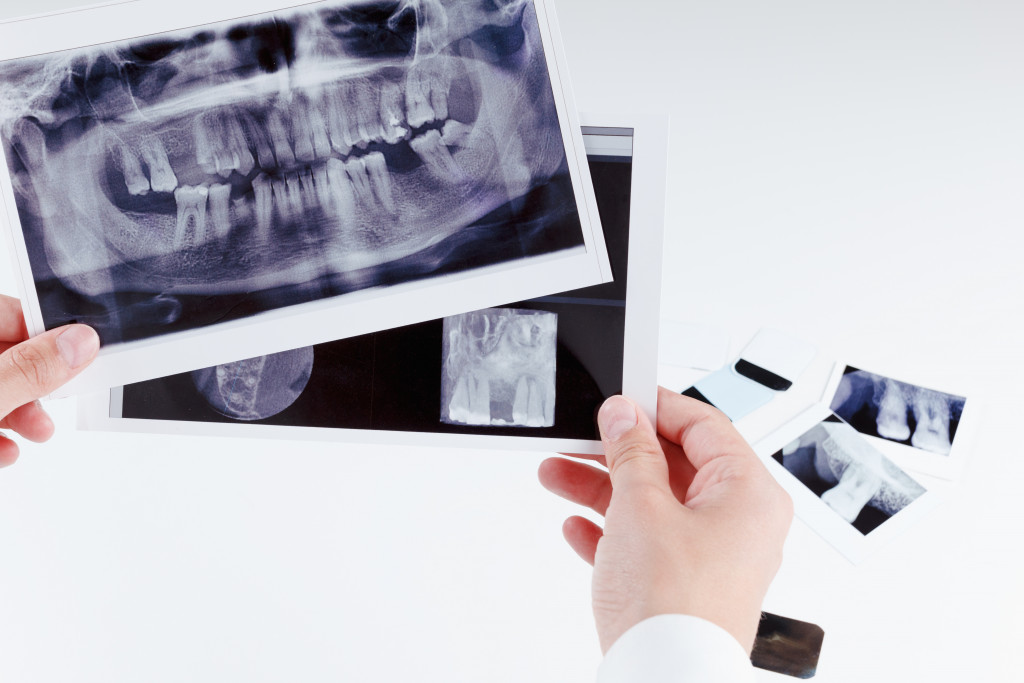Radiology plays a vital role in the health industry. Medical imaging helps health care professionals (HCPs) make diagnoses and decide on appropriate treatments for patients. Think of as simple as x-rays to medical imaging resonance (MRI) to as complex as computed tomography (CT) scans.
The radiology departments worldwide have become all the more imperative during the pandemic. As the novel coronavirus enters the patients’ upper and lower respiratory systems, health professionals need to perform chest radiography and computed tomography.
As such, medical imaging helps HCPs determine the severity of the COVID-19 infection. From there, these health professionals will treat the infections, alleviate the patients’ health conditions, and help save lives.
Amidst the COVID-19 crisis, we’ve seen some challenges and opportunities in the world of radiology. Learn how the medical imaging sector copes with the pandemic.
Challenges
Let’s first look at some of the challenges most radiology departments are facing around the world. Take note of the following:
-
Workforce Shortage
No matter how complete the medical imaging devices or equipment are, they won’t matter if the medical facility lacks people to perform the imaging. With the skyrocketing COVID-19 patients in most hospitals, it can be difficult to handle medical imaging requests. Unfortunately, scarcity of workforce is one problem that most medical facilities are encountering during the pandemic.
-
Lack of Resources
If the problem is not with the workforce, some small hospitals and medical imaging facilities lack imaging resources. They don’t have enough equipment pieces such as x-rays, MRI, and CT scans. For this reason, they cannot accommodate the requests for simple imaging services, open MRI tests, and even CT scans. The lack of these resources can lead to downtime in the medical treatment that can compromise health and life.
-
The threat of Infection
Not only are COVID-19 patients infected with the novel coronavirus but HCPs themselves may get exposed to the virus. For this reason, medical facilities and hospitals must set robust health and safety measures in place. One example is the use of protective health equipment (PPE). And this applies all the more to the radiology departments as well.
-
Compromised HCPs’ Well-being
Aside from the threat of the novel coronavirus to the physical health, they can also affect the HCPs’ mental health. Radiology personnel handling medical imaging requests may end up exhausted and overwhelmed. If left unattended, these can escalate to stress, psychological distress, anxiety, and depression.

Opportunities
It’s good that radiology departments in hospitals and medical imaging centers find ways and means to cope with the pandemic. Below are some opportunities for radiology progress and development that the pandemic has presented:
-
Team Communication and Collaboration
Due to the COVID-19 crisis, various departments in a medical facility work hand in hand to address the situation. Constant and robust communication and collaboration are the key. It’s good that HCPs rely on digital and technological resources to communicate and collaborate without meeting face to face. For instance, after the medical imaging, the result is digitally forwarded to the responsible physician. Other digital resources include virtual medical care, telehealth, and remote patient monitoring.
-
Reevaluation of Current Processes and Policies
As with other units in a medical facility, most radiology departments have reviewed their current healthcare processes and policies. They have to make the necessary changes to align their medical services and protocols to the pandemic situations. Their ultimate goal is to make the imaging processes more efficient, accurate, and seamless to assist patients and save lives.
-
Upgrade of Facilities and Equipment
Some hospitals and medical imaging services have also considered improving their facilities and upgrading their equipment pieces. The more advanced and optimized these medical tools and devices are, the better. That way, medical imaging will be a lot faster and more accurate, thus speeding up healthcare delivery.
-
Ongoing Research and Development
The radiology groups are carrying out continuous research and development (R&D). The ultimate goal is to improve the delivery of healthcare for the patients’ benefit. But on a more specific note, the groups seek to advance their medical imaging services, recalibrate their imaging procedures, and upgrade their imaging tools and equipment.
At this point, we’ve tackled the challenges and opportunities in radiology. When offering medical imaging services, be sure to address the shortage in workforce and resources and protect HCPs from the COVID-19 threat to their physical and mental health.
While at it, focus on robust communication, use of digital tools, upgrade of resources, review of current policies, and ongoing research and development. With all these in place, your radiology department will be able to rise above pandemic situations. Ultimately, it will help foster good health and save lives.

